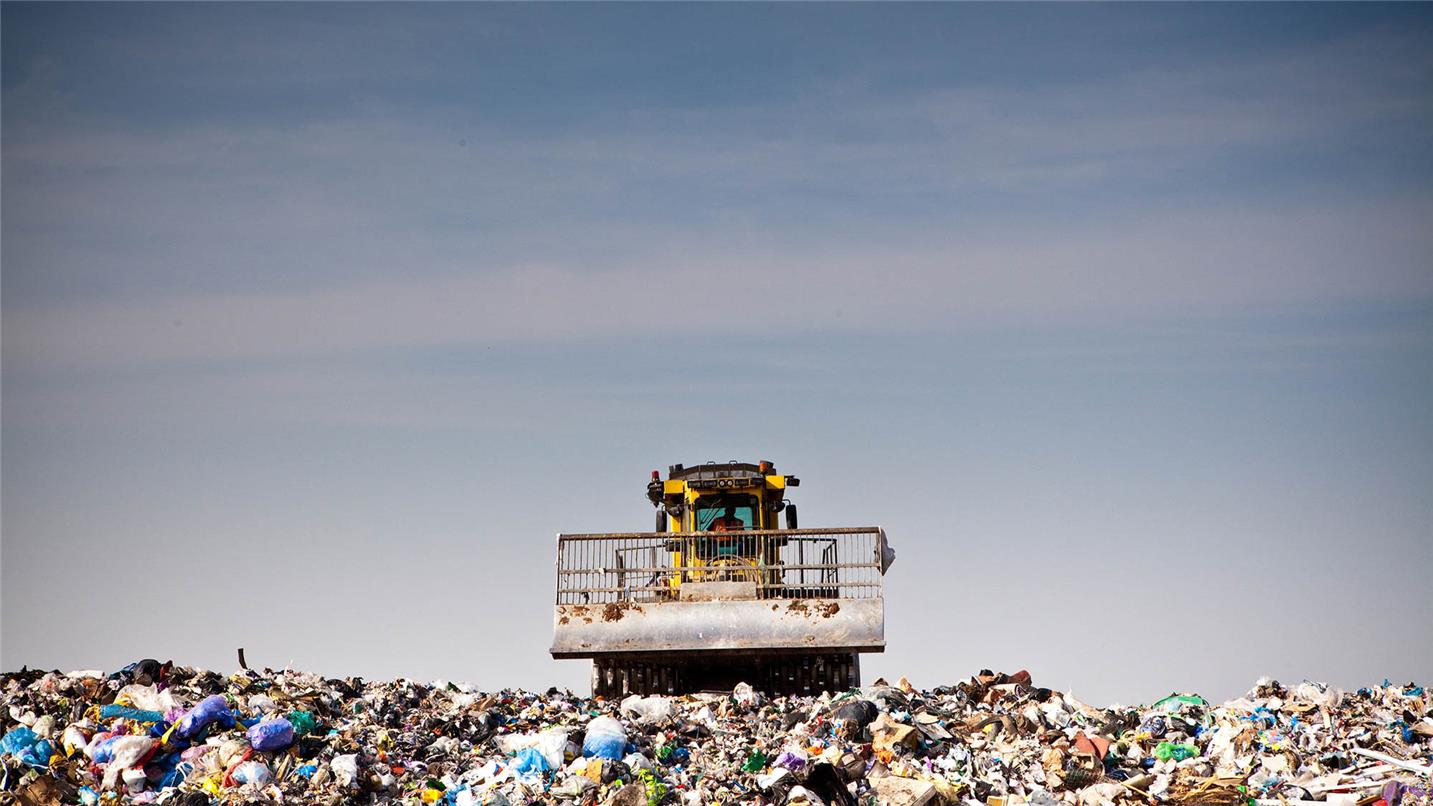Frequently asked questions
How big are the proposed sites?
- 6 hectares is roughly the same size as 8 football fields. For the restored landfill site to the northeast of Brixworth village, this is around 30% of the total area of the restored landfill site.
- 8 hectares is roughly the same size as 11 football fields. For Packington landfill site, this is around 6% of the total area of the site. For Seghill landfill site, this is around 16% of the total area of the site.
How much energy will they produce?
The proposed solar development at Packington will generate around 6,117MWh of renewable electricity annually. According to Ofgem, a typical British household consumes around 2.7MWh per year and so this development would provide the equivalent power required by more than 2,265 homes.
The proposed solar development at Brixworth will generate around 6,104MWh of renewable electricity annually. According to Ofgem, a typical British household consumes around 2.7MWh per year and so this development would provide the equivalent power required by more than 2,260 homes.
The proposed solar development at Seghill will generate around 6,837MWh of renewable electricity annually. According to Ofgem, a typical British household consumes around 2.7MWh per year and so this development would provide the equivalent power required by more than 2,532 homes.
Will they be visible?
The proposed areas have been purposely chosen to have minimum visibility from the surrounding areas. They are all in lower-lying, low visibility parts of the sites which means they are unlikely to be viewed from outside of the site.
Will they impact the local community?
The proposed areas have been purposely chosen to have minimum impact on the surrounding areas. The angles of the panels are unlikely to create glare outside of the site, and the locations will mean that they are also unlikely to be visible outside of the site.
Will they impact the local biodiversity?
These schemes will actually enhance biodiversity. As part of the planning regulations, any habitats or biodiversity loss has to be mitigated and the overall biodiversity value increased by a further 10%.
You say it’s good use of the land, but it’s classed as greenbelt – can’t it be used for farming or agriculture?
Once a landfill is ‘capped’ whereby no more waste is accepted and it is covered with soil and impermeable material, the operator continues to have environmental responsibility for the facility for a minimum of 60 years which includes managing and monitoring the gas infrastructure.
Therefore, a restored landfill site can be used for farming, but the site is disrupted by the continuous monitoring and the quality of the land is generally poor and not very productive. The majority of former landfill sites are restored to simple agricultural grassland and used for grazing.
SUEZ feel that solar energy generation makes good use of existing grid connections where there is capacity, and facilitates biodiversity enhancements whilst also helping the UK reduce its energy reliance on fossil fuels - providing cheaper, cleaner power.
I live locally, will I get cheaper electricity bills?
The grid connections mean that it is not feasible for SUEZ to sell power to individual households. The power is sold to energy companies, but the contribution of cheaper, cleaner power should help to reduce bills across the UK by reducing the UK’s reliance upon fossil fuels.
SUEZ will be looking at ways in which we can help local communities in areas where solar panels are being developed, and welcome the thoughts of the communities around the proposed developments.
How long does the construction take?
If approved, construction will begin from Spring 2027 and will take approximately 24 months.
How long will they be in place?
The PV panels are able to function for over 25 years.
How will you ensure that the solar panels are sourced responsibly?
SUEZ is committed to ensuring that the solar panels used in this project are sourced responsibly. Reports from leading researchers, including Sheffield Hallam University and Action Sustainability, highlight risks in global solar panel supply chains. We have therefore ensured that we have chosen suppliers that meet high ethical standards, meaning that this project supports sustainability in both environmental and human rights terms.
For more general information on solar panels, National Grid have some FAQs available here.

